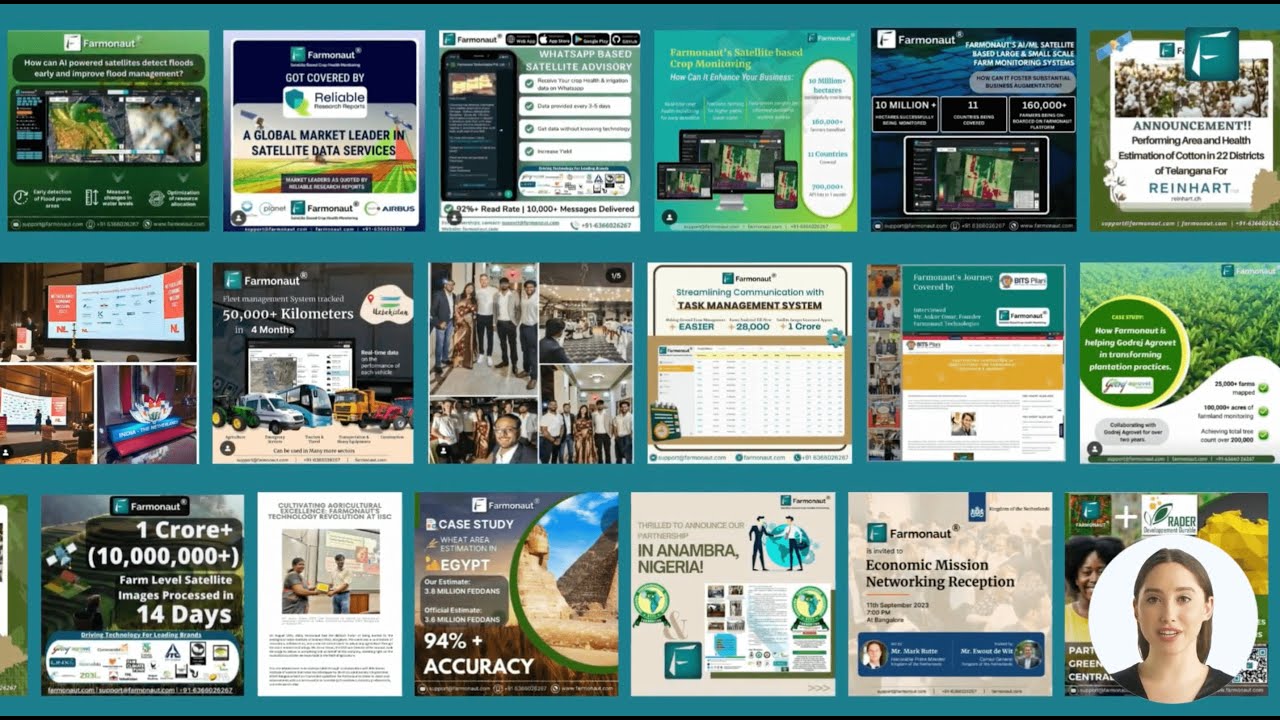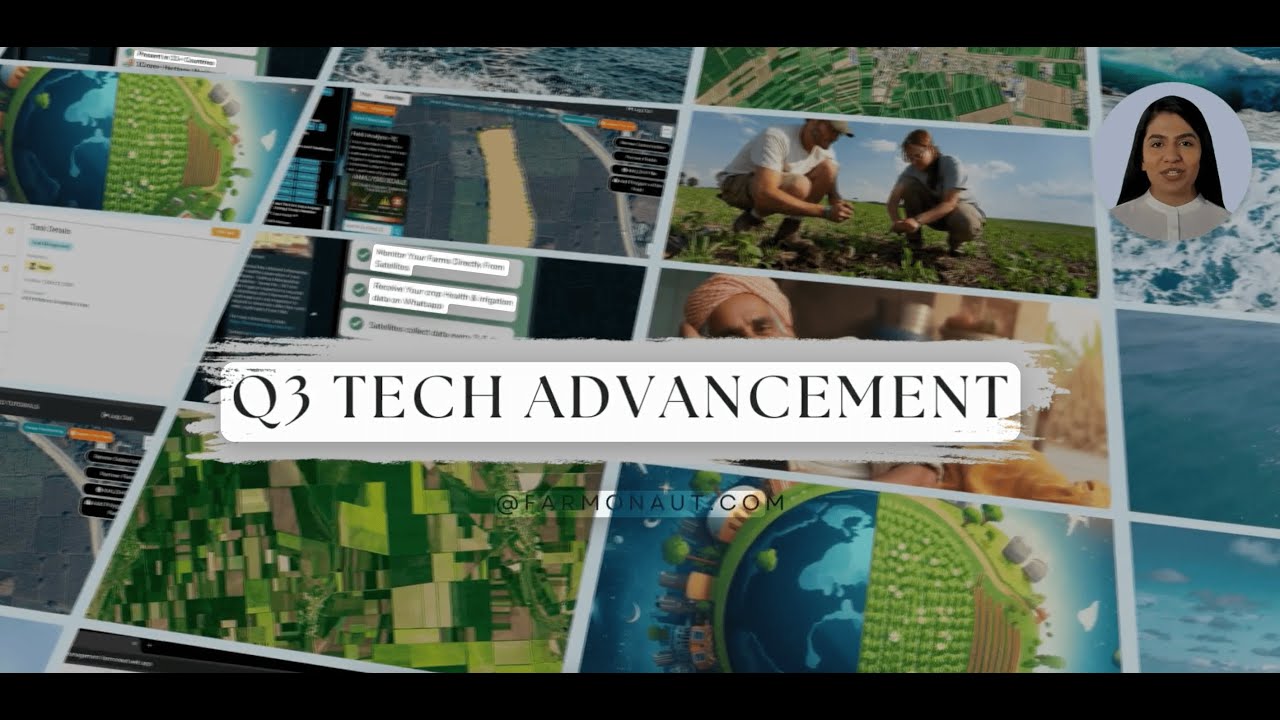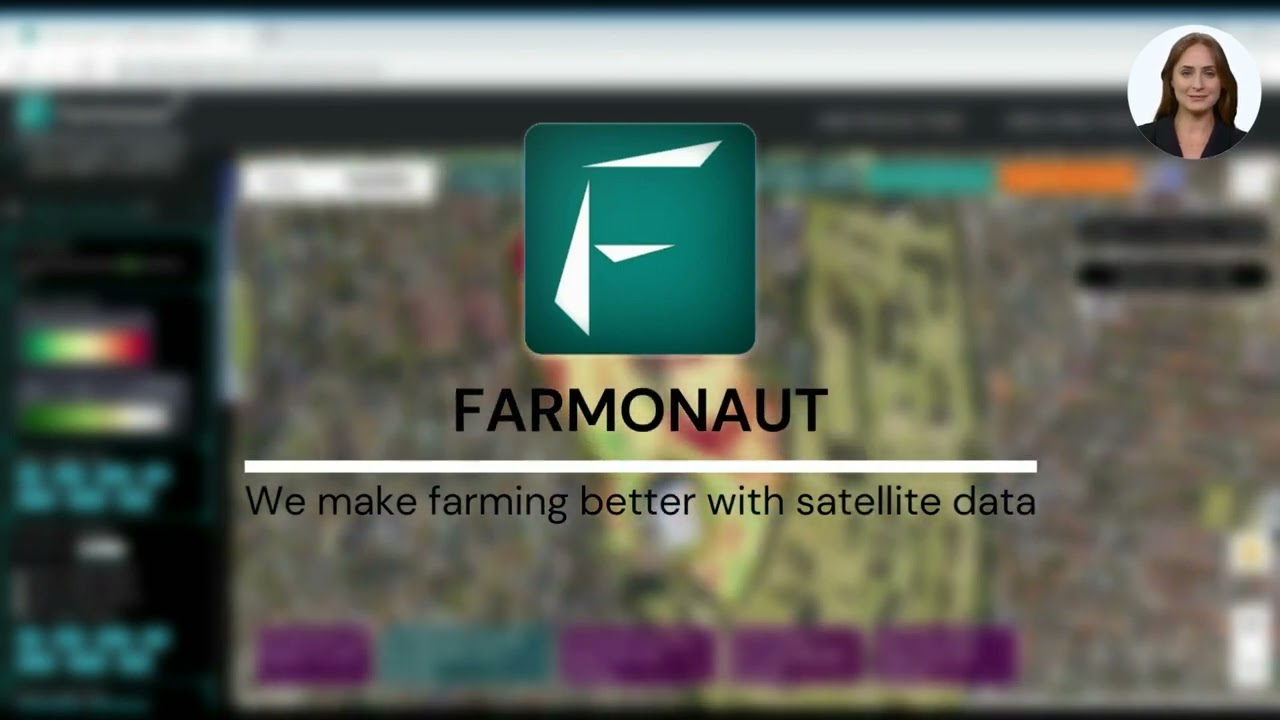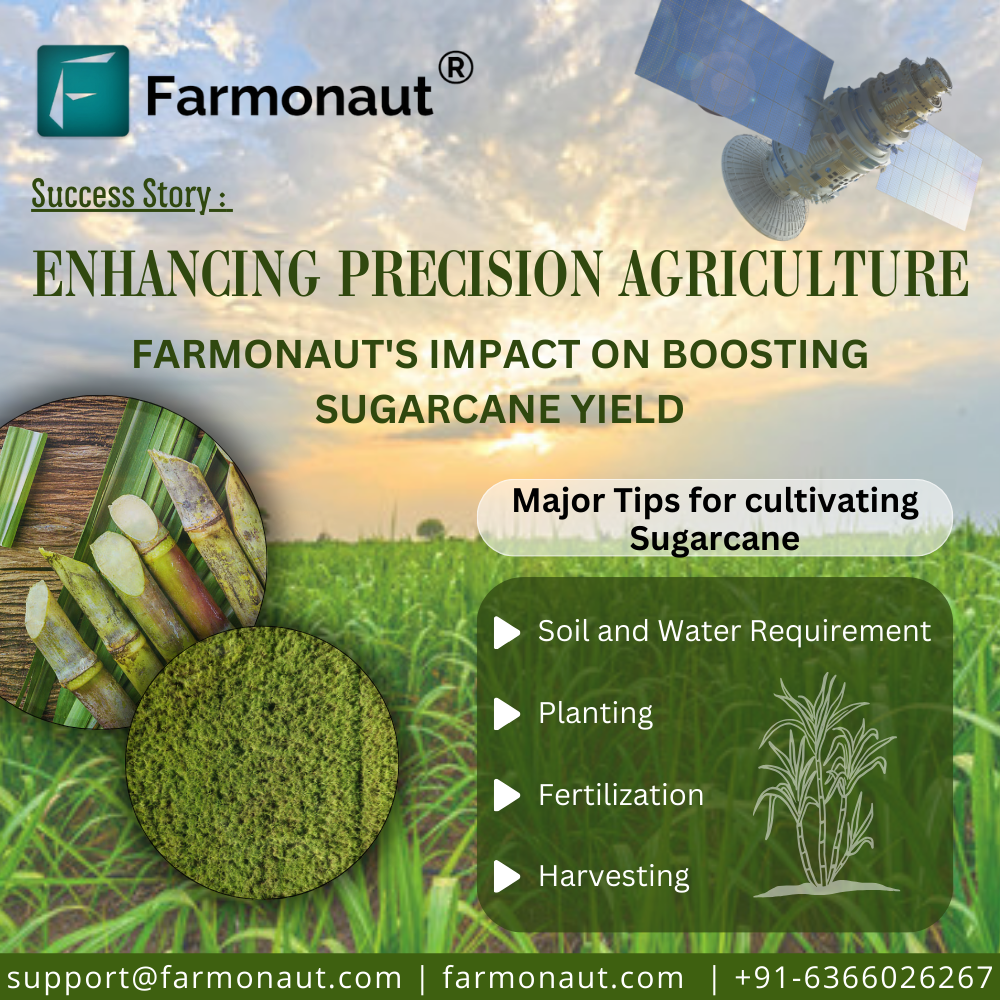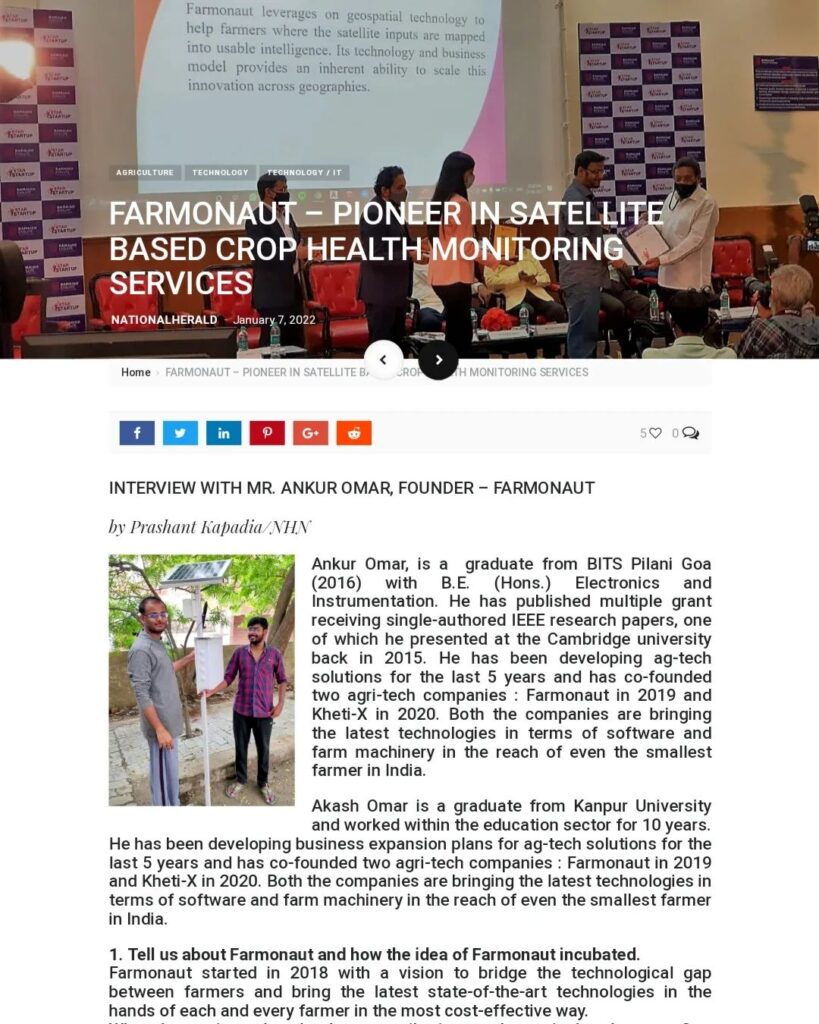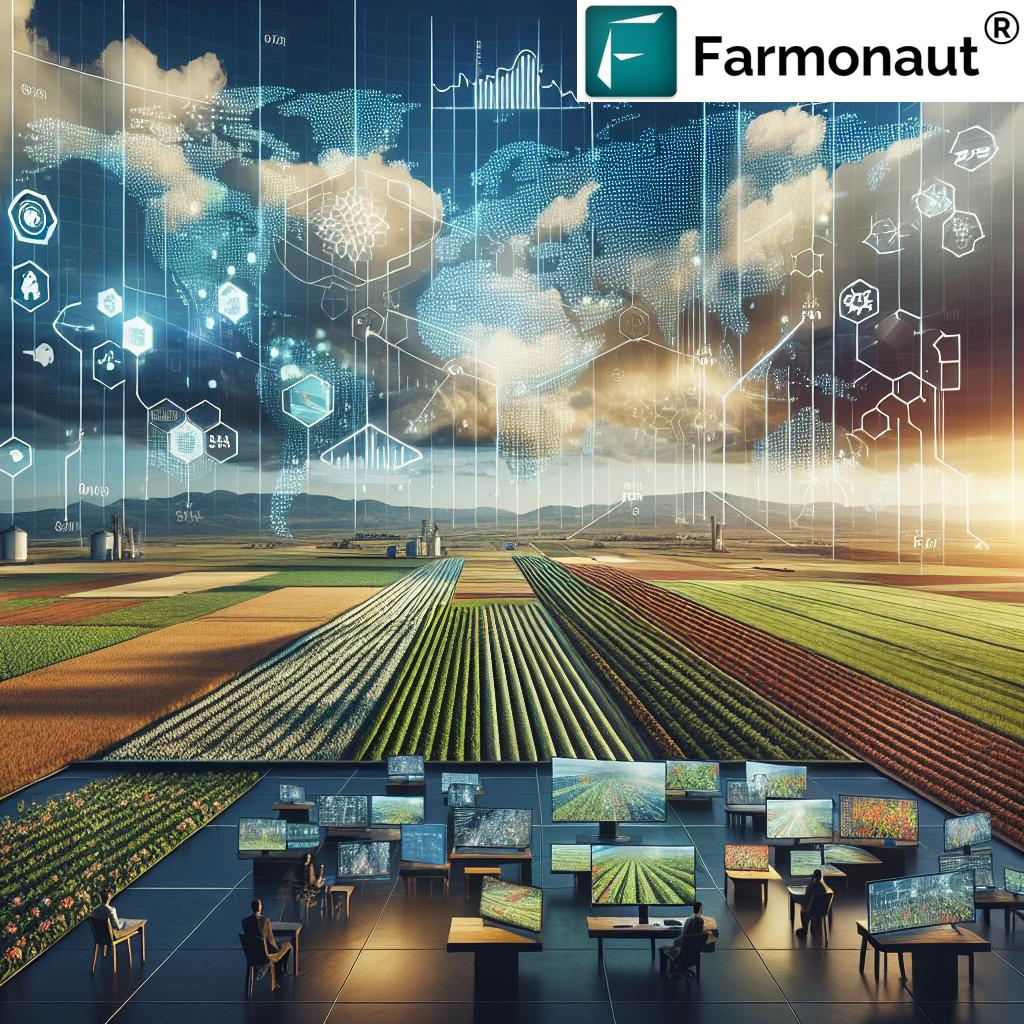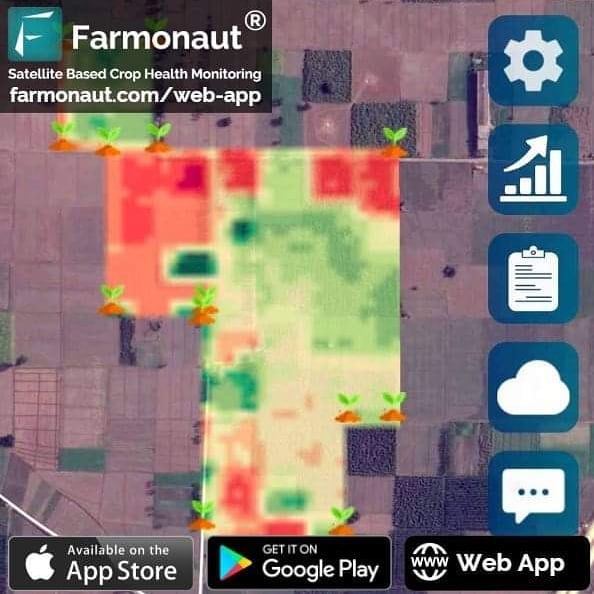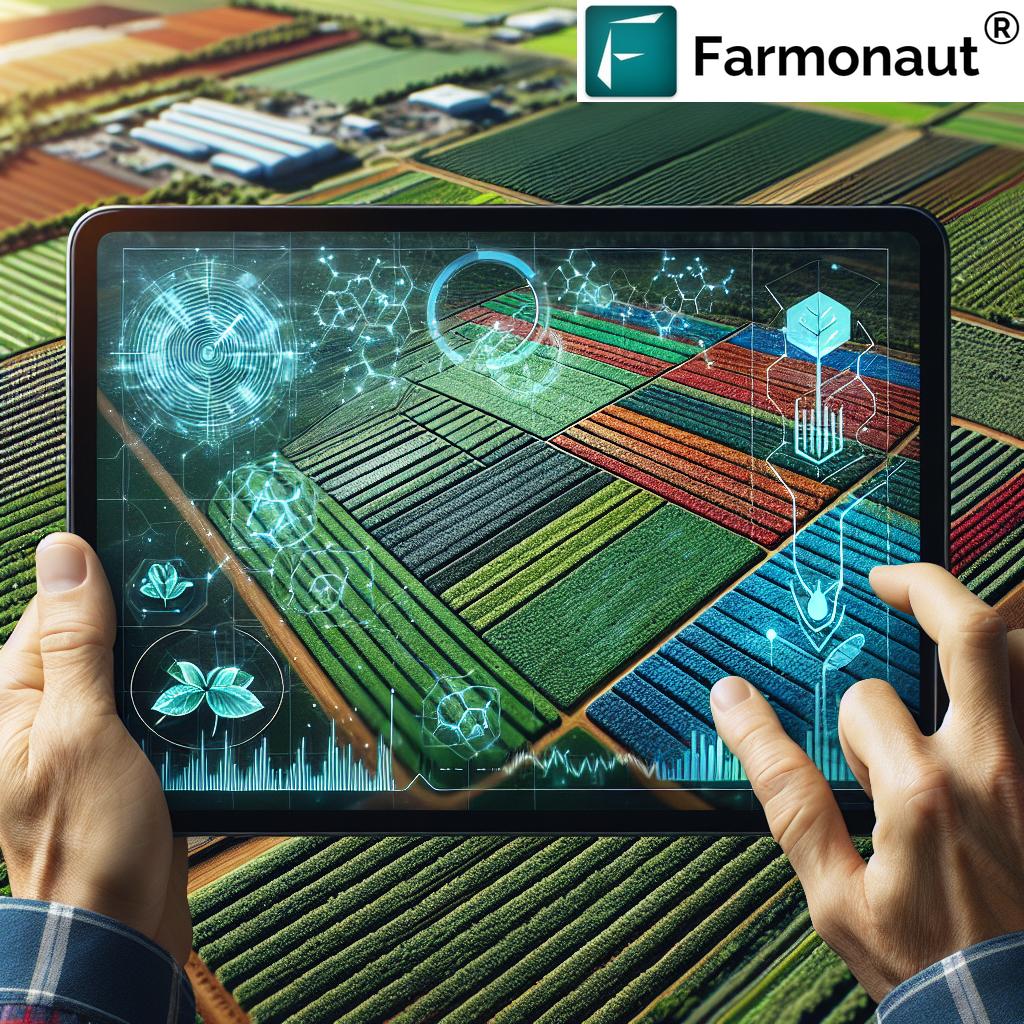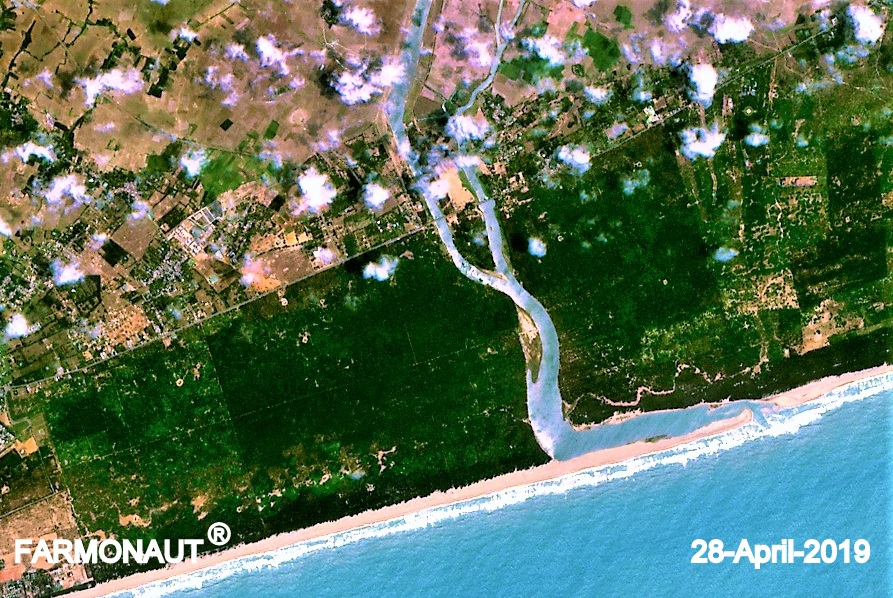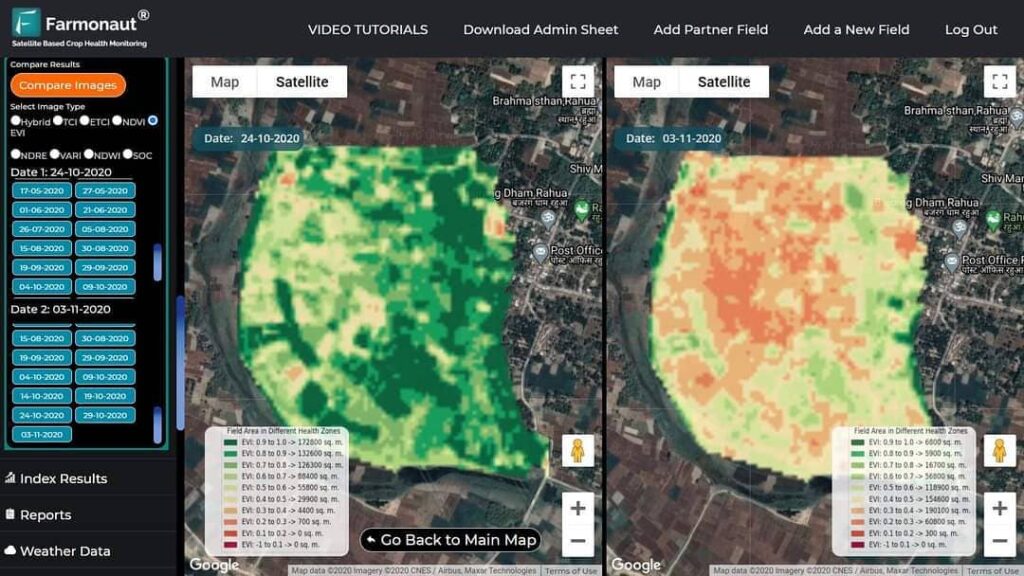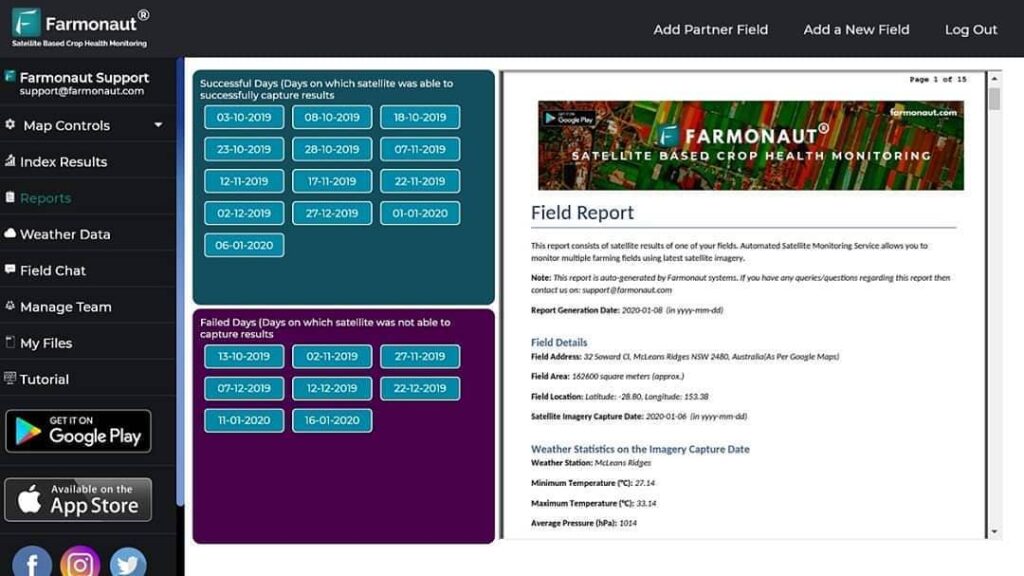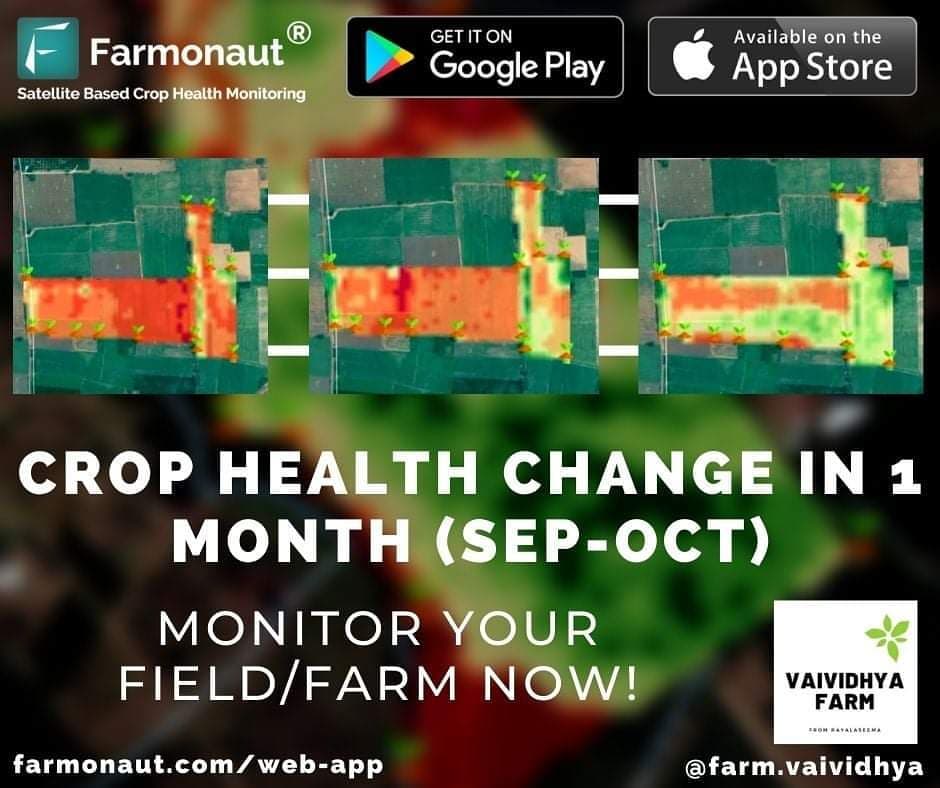Revolutionizing Agriculture: How Satellite Crop Monitoring and Precision Technology Transformed Farming from 2004 to 2020
“From 2004 to 2020, satellite crop monitoring technology advanced from basic field mapping to sophisticated AI-driven agricultural intelligence systems.”
In the ever-evolving landscape of agriculture, the period from 2004 to 2020 witnessed a remarkable transformation in farming practices, driven by the rapid advancement of satellite crop monitoring and precision agriculture technology. We, at Farmonaut, have been at the forefront of this agricultural revolution, providing cutting-edge solutions that have redefined how farmers approach their fields and crops. In this comprehensive exploration, we’ll delve into the fascinating journey of how these technologies have reshaped the agricultural sector, enhancing productivity, sustainability, and decision-making processes for farmers worldwide.
The Dawn of Satellite Crop Monitoring (2004-2010)
The early 2000s marked the beginning of a new era in agriculture. In 2004, the initial applications of remote sensing in agriculture were just starting to take shape. During this period, satellite imagery was primarily used for basic field mapping and large-scale crop area estimation. While these early applications were groundbreaking, they were limited in their scope and accessibility.
- Basic field mapping using satellite imagery
- Large-scale crop area estimation
- Limited accessibility for individual farmers
As we progressed towards the end of the decade, significant strides were made in refining these technologies. By 2010, we saw the emergence of more sophisticated remote sensing techniques that allowed for improved crop health analysis. This period laid the foundation for what would become a technological revolution in agriculture.
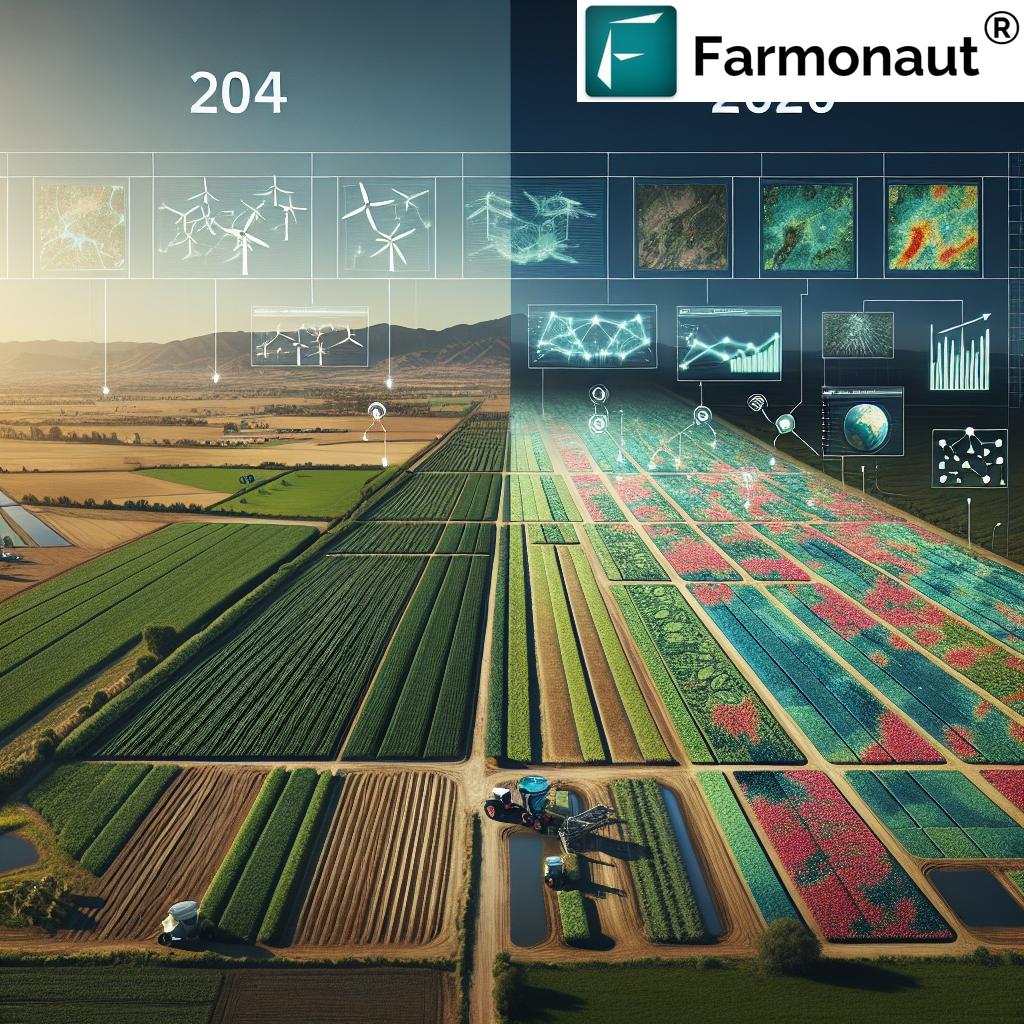
The Rise of Precision Agriculture (2011-2015)
The years between 2011 and 2015 saw a significant leap in precision agriculture technology. This period was characterized by the integration of GPS technology with farm equipment, allowing for more precise field operations. The concept of variable rate application for fertilizers and pesticides began to gain traction, enabling farmers to optimize their input use based on specific field conditions.
- Integration of GPS technology with farm equipment
- Introduction of variable rate application for inputs
- Development of early smart farming solutions
During this time, we also witnessed the initial stages of what would become known as “smart farming solutions.” These early systems began to combine various data sources, including satellite imagery, weather data, and soil information, to provide more comprehensive insights to farmers.
The Data Revolution in Agriculture (2016-2018)
“Between 2016 and 2020, the adoption of precision agriculture tools increased crop yields by up to 30% while reducing water usage.”
The year 2016 marked a pivotal moment in the evolution of agricultural technology. This was the year when agricultural data analytics truly came into its own. The convergence of big data, machine learning, and cloud computing opened up new possibilities for farmers and agronomists alike.
- Introduction of sophisticated agricultural data analytics
- Integration of machine learning in crop prediction models
- Development of user-friendly digital agriculture tools
By 2018, we saw the emergence of advanced field mapping software that could provide unprecedented levels of detail about crop health, soil conditions, and potential yield. These tools allowed farmers to make data-driven decisions with a level of precision that was previously unimaginable.
The Era of Agricultural Intelligence (2019-2020)
As we entered 2019, the concept of agricultural intelligence began to take center stage. This new paradigm represented the culmination of years of technological advancement, combining satellite crop monitoring, precision agriculture technology, and sophisticated data analytics into cohesive, intelligent systems.
- Integration of AI and IoT in farming practices
- Development of predictive crop models
- Emergence of blockchain for agricultural supply chain transparency
By 2020, we at Farmonaut were proud to introduce our cutting-edge solutions that embodied the pinnacle of agricultural intelligence. Our platform seamlessly integrates satellite imagery, AI-driven insights, and user-friendly interfaces to provide farmers with actionable information for optimal crop management.
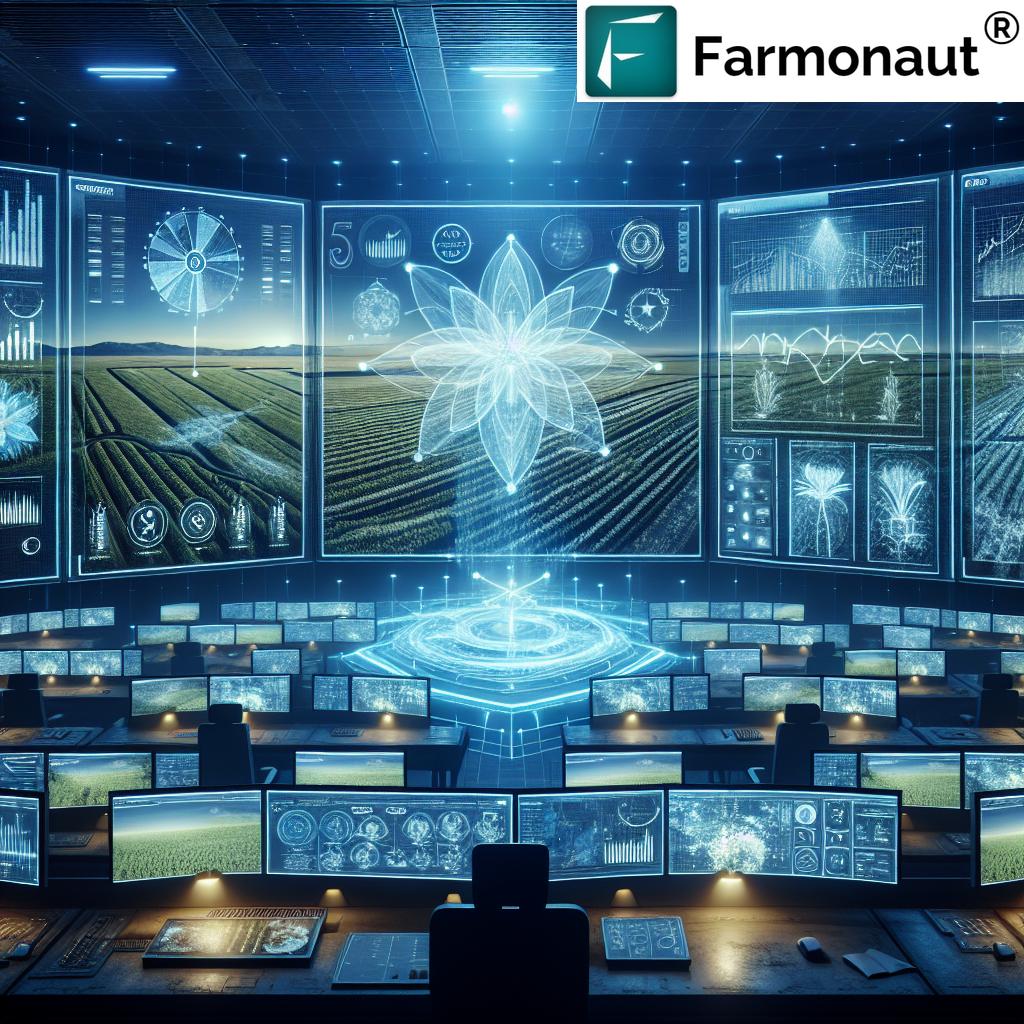
Farmonaut: Pioneering the Future of Farming
At Farmonaut, we’re committed to making precision agriculture accessible and affordable for farmers worldwide. Our platform leverages the latest advancements in satellite technology, artificial intelligence, and data analytics to provide comprehensive farm management solutions.
- Real-time crop health monitoring using multispectral satellite imagery
- AI-driven personalized farm advisory through our Jeevn AI system
- Blockchain-based product traceability for enhanced supply chain transparency
- Advanced fleet and resource management tools
- Carbon footprint tracking for sustainable farming practices
Our subscription-based model offers flexible options for farmers, agribusinesses, and government institutions. We also provide API access for developers and businesses looking to integrate our powerful satellite and weather data into their own systems.
Explore our solutions:
For developers: Integrate our powerful satellite and weather data into your applications with our API. Check out our API Developer Docs for detailed information.
The Impact of Technological Advancements on Farming
The transformation brought about by satellite crop monitoring and precision agriculture technology has had profound effects on farming practices:
- Improved Crop Yields: By providing precise information about crop health and field conditions, these technologies have enabled farmers to optimize their practices, leading to significant increases in crop yields.
- Resource Efficiency: Precision agriculture has dramatically improved the efficiency of water, fertilizer, and pesticide use, reducing waste and environmental impact.
- Data-Driven Decision Making: Farmers now have access to a wealth of data and insights, allowing them to make informed decisions about planting, harvesting, and crop management.
- Sustainable Farming Practices: The ability to monitor and manage resources more effectively has promoted more sustainable farming practices, reducing the environmental footprint of agriculture.
- Enhanced Food Security: By improving crop yields and reducing losses, these technologies have contributed to global food security efforts.
Timeline of Satellite Crop Monitoring and Precision Agriculture Advancements (2004-2020)
| Year | Technology/Advancement | Impact on Farming |
|---|---|---|
| 2004 | Basic satellite-based field mapping | Improved large-scale crop area estimation |
| 2010 | Enhanced remote sensing for crop health analysis | Better early detection of crop stress |
| 2014 | GPS integration with farm equipment | Precision in field operations, 10% increase in efficiency |
| 2016 | Introduction of agricultural data analytics | Data-driven decision making, 15% yield improvement |
| 2018 | Advanced field mapping software | Detailed crop health monitoring, 20% reduction in input costs |
| 2020 | Farmonaut’s AI-driven agricultural intelligence platform | Comprehensive farm management, up to 30% increase in productivity |
The Future of Agriculture: Beyond 2020
As we look beyond 2020, the future of agriculture holds even more exciting possibilities. We anticipate further advancements in areas such as:
- Hyperspectral Imaging: More detailed and precise crop health analysis
- Edge Computing: Faster processing of farm data for real-time decision making
- Advanced AI and Machine Learning: More sophisticated predictive models for crop yields and disease outbreaks
- Drone Integration: Combining satellite data with drone-captured imagery for ultra-high-resolution field analysis
- Climate-Smart Agriculture: Enhanced tools for adapting to and mitigating the effects of climate change
At Farmonaut, we’re committed to staying at the forefront of these technological advancements, continually evolving our platform to meet the changing needs of farmers and the agricultural industry.
Embracing Sustainable Farming Practices
One of the most significant impacts of satellite crop monitoring and precision agriculture technology has been the promotion of sustainable farming practices. These technologies have enabled farmers to:
- Reduce water usage through precise irrigation management
- Minimize chemical inputs by targeting application only where needed
- Decrease soil erosion through better land management practices
- Lower greenhouse gas emissions by optimizing machinery use
Farmonaut’s platform plays a crucial role in this sustainability effort by providing tools for carbon footprint tracking and resource optimization. Our solutions help farmers not only improve their productivity but also reduce their environmental impact, contributing to a more sustainable future for agriculture.
Empowering Farmers with Knowledge
Perhaps one of the most transformative aspects of the agricultural technology revolution has been the democratization of knowledge. Farmers, regardless of the size of their operations, now have access to sophisticated tools and insights that were once the domain of large agribusinesses and research institutions.
Through platforms like Farmonaut, farmers can:
- Access real-time data about their crops and fields
- Receive personalized recommendations based on AI analysis
- Stay informed about weather patterns and potential risks
- Learn from historical data to improve future planning
This empowerment through knowledge has leveled the playing field, allowing small and medium-sized farms to compete more effectively in the global market.
Addressing Global Food Security Challenges
The advancements in satellite crop monitoring and precision agriculture technology have significant implications for global food security. As the world population continues to grow, these technologies play a crucial role in:
- Increasing overall food production
- Reducing crop losses due to pests, diseases, and adverse weather conditions
- Improving the efficiency of resource use in agriculture
- Enabling better management of agricultural supply chains
Farmonaut’s solutions contribute to these efforts by providing farmers with the tools they need to maximize their productivity while minimizing waste and environmental impact.
Frequently Asked Questions
- Q: How has satellite crop monitoring improved since 2004?
A: Since 2004, satellite crop monitoring has evolved from basic field mapping to sophisticated AI-driven systems that provide real-time insights on crop health, soil conditions, and potential yields. - Q: What is precision agriculture technology?
A: Precision agriculture technology refers to farming management practices that use data from various sources (satellites, sensors, IoT devices) to guide decisions on planting, fertilizing, and harvesting crops for maximum efficiency and productivity. - Q: How does Farmonaut contribute to sustainable farming practices?
A: Farmonaut provides tools for resource optimization, carbon footprint tracking, and precise crop management, enabling farmers to reduce waste, minimize environmental impact, and adopt more sustainable farming practices. - Q: Can small farmers benefit from these advanced technologies?
A: Yes, Farmonaut’s platform is designed to be accessible and affordable for farmers of all scales, democratizing access to advanced agricultural technologies and insights. - Q: How does satellite crop monitoring impact global food security?
A: By improving crop yields, reducing losses, and optimizing resource use, satellite crop monitoring and precision agriculture technologies contribute significantly to enhancing global food production and security.
Conclusion: A New Era in Agriculture
The period from 2004 to 2020 witnessed a remarkable transformation in agriculture, driven by advancements in satellite crop monitoring and precision technology. From basic field mapping to sophisticated AI-driven agricultural intelligence systems, these technologies have revolutionized how we approach farming.
At Farmonaut, we’re proud to be at the forefront of this agricultural revolution, providing cutting-edge solutions that empower farmers, promote sustainability, and contribute to global food security. As we look to the future, we remain committed to innovating and evolving our platform to meet the ever-changing needs of the agricultural sector.
The journey from 2004 to 2020 was just the beginning. The future of agriculture holds even more exciting possibilities, and we invite you to join us in shaping this future. Together, we can create a more productive, sustainable, and food-secure world.






